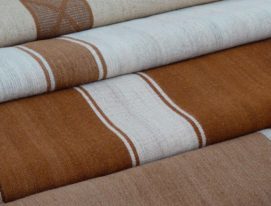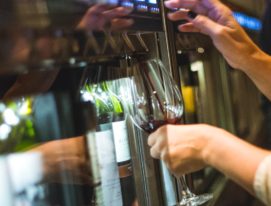Hi, wine lovers! How are you doing? I know, I know, running around like crazy. Me too. The end of the year is always like that. There’s so much to do, but you’re so tired already, like you’re just ready to run down the clock.
It’s the season of cold weather, parties and, of course, bubbles! Not isolation bubbles, bubbles of happiness.
December 31st isn’t just the last day of the year, it’s also the Day of Champagne, did you know that? I didn’t but I found Alex decorating his store to mark the occasion and of course I asked.
While he was setting up the bottles, my wine guru showed me a few sparkling wines like Lindaflor Extra Brut de Malbec, whose clear bottle shows off the wine’s subtle rose color. Of course, I was intrigued, and here I’m going to share what I’ve learned.
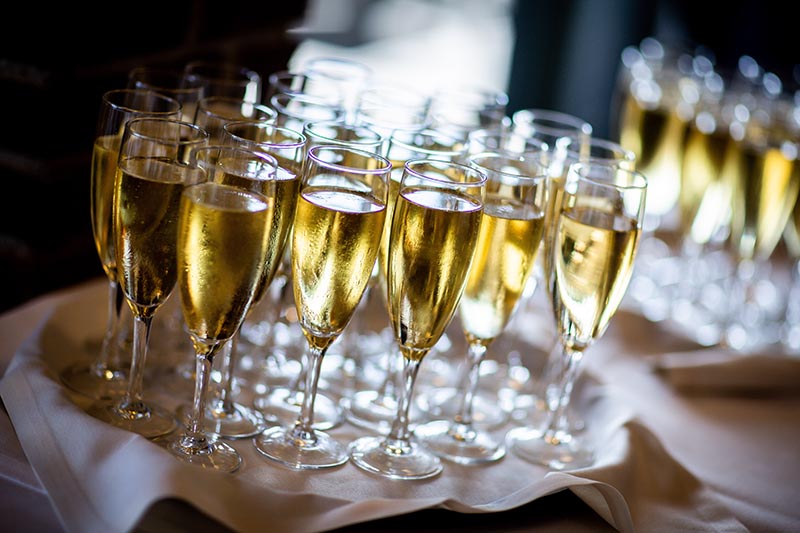
Argentine sparkling wines, a world to be discovered
Before we get into Argentine sparkling wines, a little history:
Everyone knows that Champagne is synonymous with elegance, celebrations and gatherings, but not so much that it was only at the end of the 18th century that the French region’s produce rose to popularity. The Maisons (the local wineries) there only use three grape varieties: Chardonnay, Pinot Noir and Pinot Meunier. Even though two of these are reds, Champagnes are essentially exclusively white or rosé.
Their hallmarks are double fermentation and carbonic gas: the bubbles. Here’s a stat for you: each bottle is calculated to contain over 7 million bubbles!
Another interesting fact is that until recently they were only drunk in “tulip” glasses to concentrate the aromas while the thin stem allows you to hold the glass without warming up the wine. Fortunately, those who know best say that wider glasses are even better for sparkling wines and that “the king of wines ought to be drunk in a wine glass.”
Today, many countries produce sizeable amounts of delicious sparkling wines: Germany, Spain, Australia and of course, my southern fave: Argentina. So what are Argentine sparkling wines like?
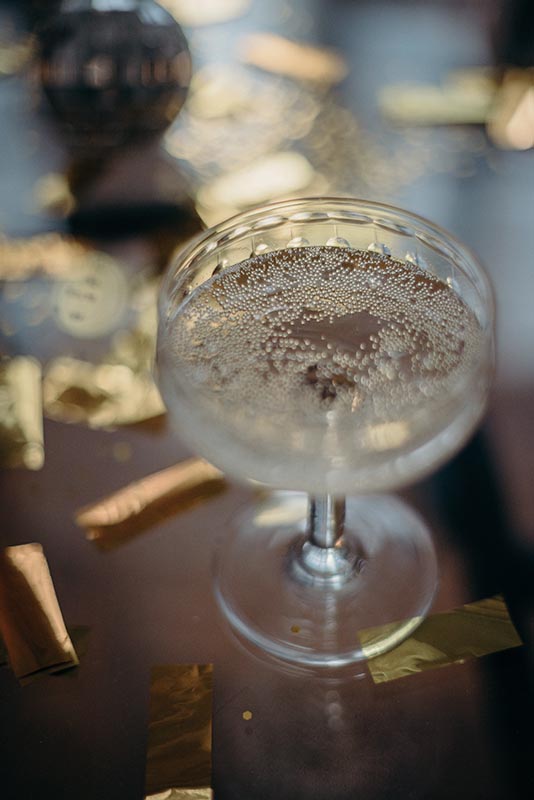
Young bubbles
The love affair between Argentina and sparkling wines began in the 20th century when the country was one of the richest in the world and the world’s leading importer of Champagne.
Its popularity encouraged the up-and-coming local industry to create their own versions of sparkling wines from the traditional varieties but also Semillón, Chenin Blanc and other whites. Argentina thus started to make its own history as a major producer and consumer of bubbles, eventually becoming the largest producer in the New World.
However, the landmark moment in the history of Argentine sparkling wines came when Moët & Chandon chose Mendoza as the home of their first affiliate outside of France. In 1957, Robert-Jean de Vogüé and Renaud Poirier, who would become the first Chef de Cave at Chandon Argentina, left France to explore new areas in which to develop sparkling wines.
For years they studied the soil types and climates of several different countries until they came to the conclusion that the Luján de Cuyo region was just right for high quality sparkling wines. Three years later, Chandon Argentina was born, representing a major step forward in the cultivation of quality Chardonnay and Pinot Noir in the country.
In 1960 Chandon launched their Extra Brut, a category (with up to 11 grams of residual sugars per liter) never before seen and still the most popular in Argentina. These are fresh, fruity wines with a creamy texture. Alex explained a little more: “The freshness of Argentine sparkling wines is aromatic, but can also be discerned on the palate. And they also have high acidity and but good balance.” Amazing.
According to my wine guru, sparkling wines should be drunk at a temperature of between 8°C and 10°C, depending on the style. It’s always a good idea to chill bottles in a champagne cooler with plenty of ice.
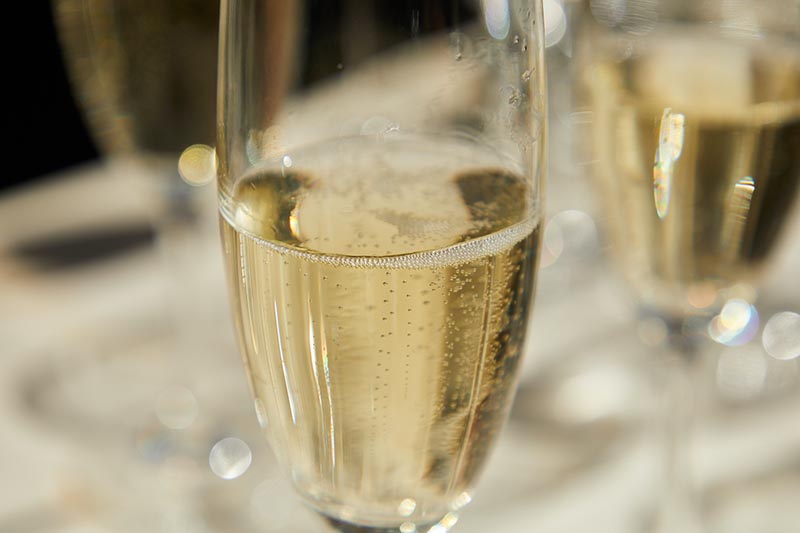
Time to choose
I’ve a long way to go before I reach sparkling heaven but these early steps have got me anxious to pop a cork. The new year is just around the corner, what better than to raise a few glasses with family and friends?
There’s one more thing you should know before you start to make your choice: Argentine sparkling wines can be divided into six categories which are defined by the amount of sugar one finds in each (basically, how sweet they are). In ascending order of sweetness they’re called Nature, Brut Nature, Extra Brut, Brut, Demi Sec and Dulce, and Extra Brut is the most popular.
Extra Brut wines are dry but they still have a pleasant lick of sweetness. It’s a fair bet that an Argentine sparkling wine will be a little sweeter than its European counterpart.
Here are a few I’ve had recommended to me: Chandon Extra Brut, the bestselling sparkling wine in Argentina and a leader in its segment for many years, Cruzat Cuvée Nature, which is admired for its elegance, and two unusual examples I’d love to try: Deseado by Familia Schroeder, a sweet, sparkling Torrontés, and another interesting example: Alma 4 Bonarda, a sparkling red. All are good options for your entry into the world of Argentine sparkling wines.
Now all that’s left is to enjoy yourselves toasting your friends and family. I hope you have a lovely New Year and, if you happen to open a bottle from Argentina, tell what you think! We’ll see you in 2022!

